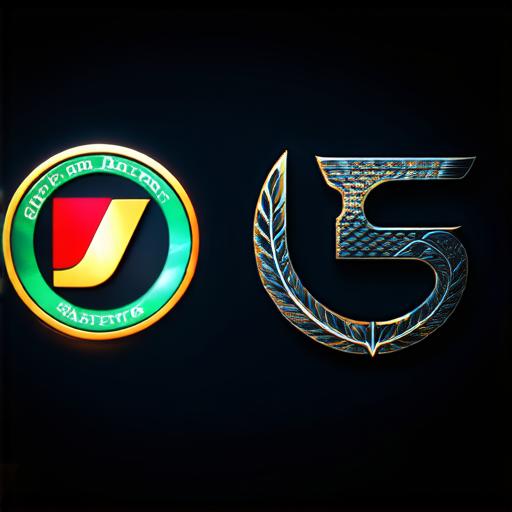Introduction
Unity is a popular game engine used for creating immersive and interactive experiences across various platforms. It supports various file formats for 3D models, which can significantly impact the performance of your Unity project. In this article, we will explore the most commonly used file formats supported by Unity and their respective advantages and disadvantages. We will also discuss how to optimize your files for better performance in Unity.
1. FBX File Format
FBX is a versatile file format that can store 3D models, animations, and textures. It was developed by Autodesk and is widely used in the industry. The primary advantage of using FBX in Unity is its compatibility with various software applications such as Blender, Maya, 3DS Max, and Cinema 4D.
FBX files can store both static and dynamic mesh data, which allows for more flexibility in creating complex scenes. It also supports rigged and animations, making it ideal for character modeling and animation. Additionally, FBX files can be easily exported into other file formats such as Collada or OBJ.
However, one of the main disadvantages of using FBX is that it can be quite large due to its support for complex data structures such as skeletons, animations, and textures. This can significantly impact the loading time of your Unity project, especially on lower-end systems.
2. OBJ File Format
OBJ (Object) is a simple file format that stores 3D models and can be easily exported from various software applications such as Blender, Maya, and 3DS Max. It is often used for sharing 3D models across different platforms and is commonly used in web development.
One of the main advantages of using OBJ in Unity is its simplicity and small file size. This makes it ideal for real-time applications where loading time is critical. Additionally, OBJ files can be easily integrated with other file formats such as PNG and JPEG, making it easy to add textures to your models.
However, one of the main disadvantages of using OBJ in Unity is its lack of support for rigging and animations. This makes it less suitable for creating complex scenes with characters or objects that require animation. Additionally, OBJ files do not support colliders, which can be a problem when working with interactive elements.
3. COLLADA File Format

COLLADA (Collaborative Data) is an XML-based file format that was developed by the Khronos Group for exchanging 3D content across various platforms. It was initially designed to be used in web applications, but it has since gained popularity in the gaming industry as well.
The main advantage of using COLLADA in Unity is its small file size and compatibility with various software applications such as Blender, Maya, and 3DS Max. Additionally, COLLADA files can store both static and dynamic mesh data, making it ideal for creating complex scenes with interactive elements.
However, one of the main disadvantages of using COLLADA in Unity is its lack of support for rigging and animations. This makes it less suitable for creating complex scenes with characters or objects that require animation. Additionally, COLLADA files do not support colliders, which can be a problem when working with interactive elements.
4. PNG File Format
PNG (Portable Network Graphics) is a raster graphics file format that is commonly used for storing textures and images. It was developed by the Portable Network Graphics Group in 1996 and has since become widely adopted in the gaming industry.
The main advantage of using PNG in Unity is its support for alpha channels, which allows for transparency in images. This makes it ideal for storing textures that require transparency such as glass or water. Additionally, PNG files can store high-quality images with a wide range of colors and are widely supported by various software applications.
However, one of the main disadvantages of using PNG in Unity is its large file size, especially for high-resolution textures. This can significantly impact the loading time of your Unity project, especially on lower-end systems. Additionally, PNG files do not support animation or colliding objects, making them less suitable for creating interactive scenes.
5. JPEG File Format
JPEG (Joint Photographic Experts Group) is a popular raster graphics file format that is commonly used for storing images and photographs. It was developed by the Joint Photographic Experts Group in 1992 and has since become widely adopted in the gaming industry.
The main advantage of using JPEG in Unity is its small file size, making it ideal for storing high-resolution textures on lower-end systems. Additionally, JPEG files support animation and can be used to store colliding objects, making them suitable for creating interactive scenes.
However, one of the main disadvantages of using JPEG in Unity is its lack of support for alpha channels
